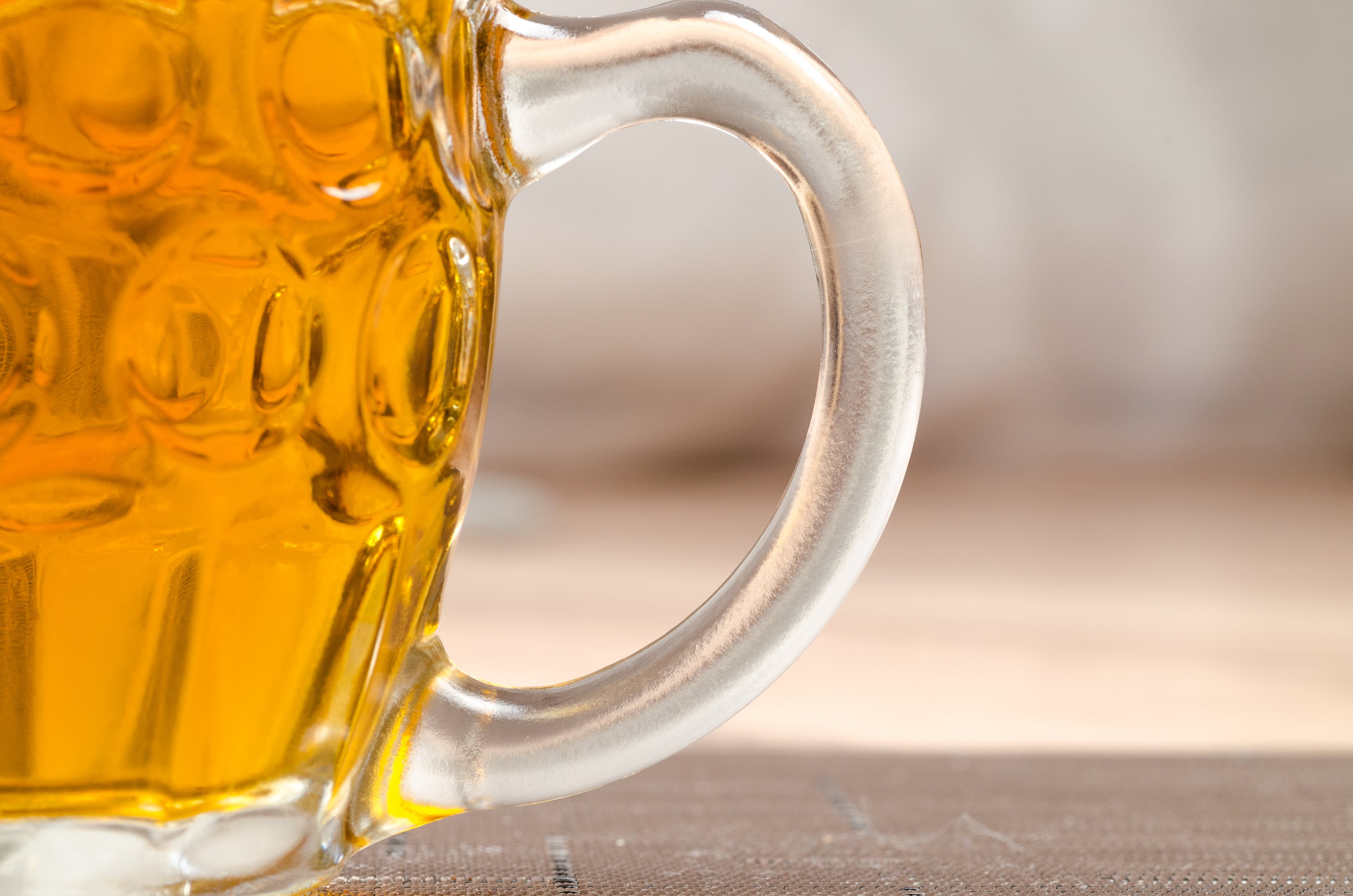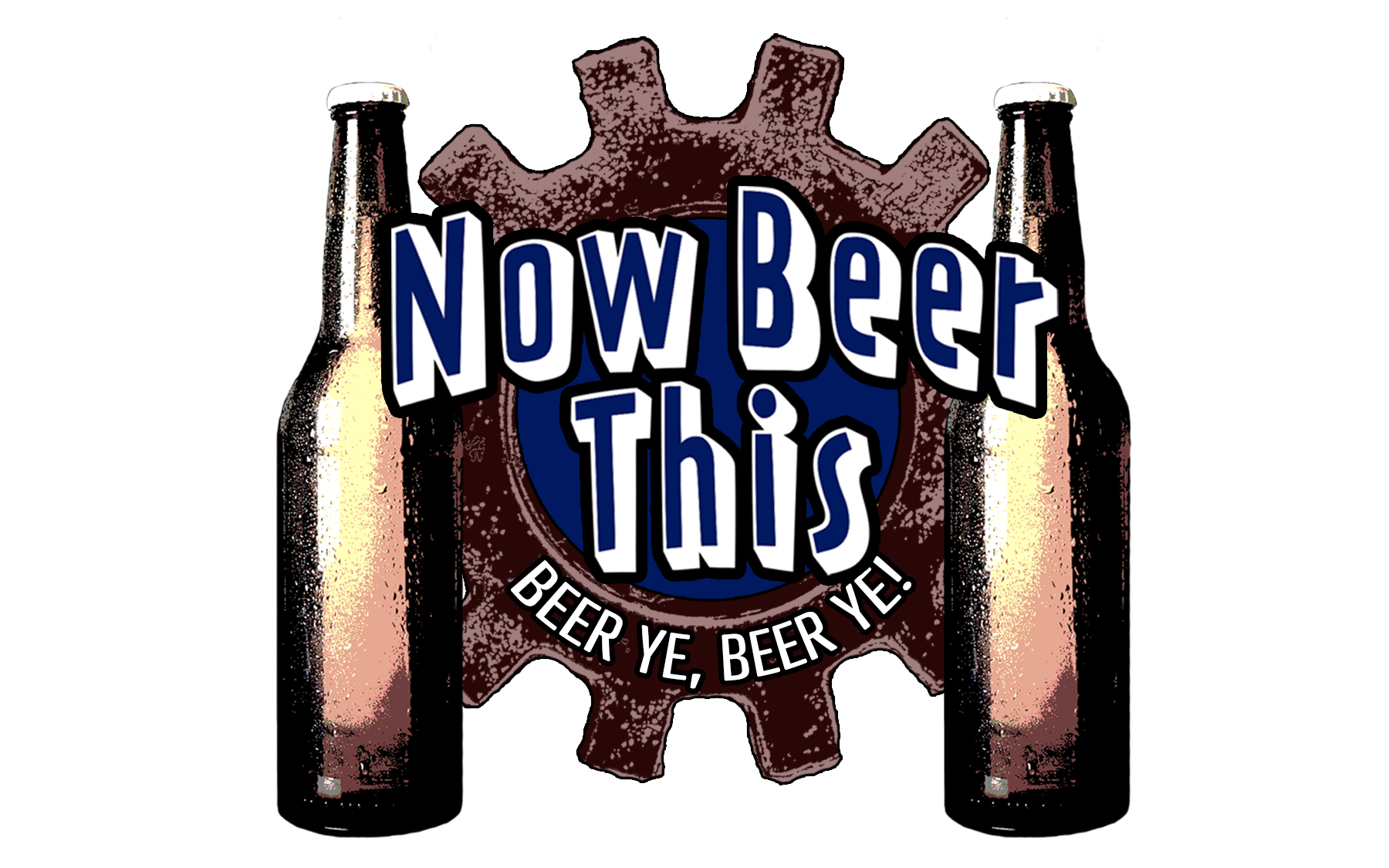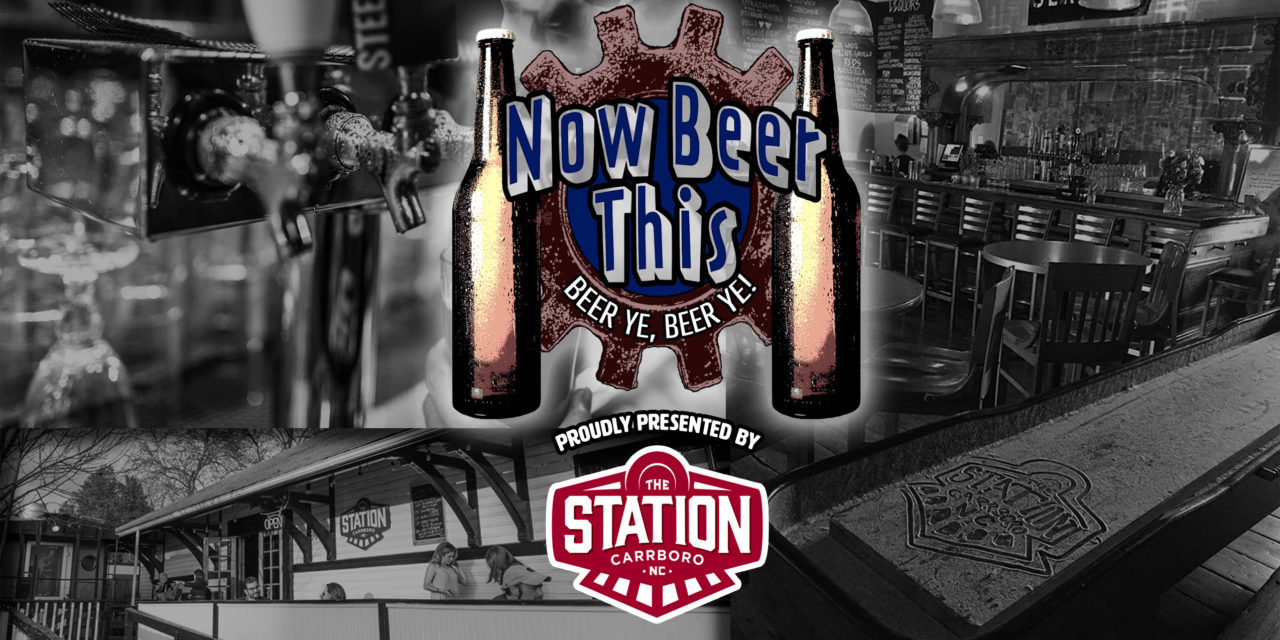Prost! It’s the one time of year where you get to hear this yelled repeatedly at beer venues and not be worried about it being a political statement. Oktoberfest is here and it’s got me thinking about German beers. As you’ll likely recall, Germany is most famous for introducing us to pale lagers. They (and of course, their Czech neighbors!) are the reason why Americans get down with the Pilsners and corrupted pilsner knockoffs more than any other beer style. Hooray, Deutschland! Hooray, Oktober-Alterna-Fest!
We could spend a long time talking about what makes a lager a lager, and how they’re not always some shade of pale golden or yellow — sometimes they’re even black, you know. Let’s just remind ourselves that lagers use a different yeast strain than ales, and they tend to be less involved in the flavor of their beers. But here’s the thing: There are lots of great traditional German styles that aren’t lagers! They’re packed with character, flavor, and history, and you should be on the lookout for them. What are they? I’m so glad you asked.
 Altbier: This might be my favorite of the non-lager German beers. Hailing from Dusseldorf, this ale is characterized by a bold, nutty malt base paired with assertive German hop bitterness. To me, this beer can stand next to any American craft style. It’s a treasure! Interestingly, it’s pretty darn hard to find. Uerige exports its variety to America and can be found in the best bottle shops. But our neighbors over at Steel String have an Altbier that is great. Go find it!
Altbier: This might be my favorite of the non-lager German beers. Hailing from Dusseldorf, this ale is characterized by a bold, nutty malt base paired with assertive German hop bitterness. To me, this beer can stand next to any American craft style. It’s a treasure! Interestingly, it’s pretty darn hard to find. Uerige exports its variety to America and can be found in the best bottle shops. But our neighbors over at Steel String have an Altbier that is great. Go find it!
Kolsch: People love these. But here’s the thing: they’re essentially Pilsners. Granted a brew fermented with a Kolsch yeast that imparts a tiny bit of fruitiness to the beer. Don’t get too excited about them, but yes, they’re thirst-quenching and inoffensive.
Hefeweizen: Sweeter due to its wheat content (about 50% of the grain bill) this is a beer for folks who like a little dessert in their beer. Hazy, quaffable, and easy to drink in quantity, wheat beers are a big hit in summer with most of us, but you can drink ‘em whenever. Interestingly, this beer out of Bavaria is what got several German beers to be exempt from the Reinheitsgebot. An exception was carved out for beers that used top fermenting yeast.
 Berliner Weisse: This beer was called the “Champagne of the North” by Napoleon’s invading army, but who cares what invaders think, right? It is light and sparkling with a relatively high carbonation level. In one way it’s the ultimate session beer because it’s generally only around 3% alcohol. But it’s made tart by the introduction of lactobacillus bacteria (yep, you folks that like sours, that’s what you like – infected beers!), so if that’s not your jam avoid it. Even the Berliners generally don’t drink it straight, but combine it with one of two syrups to balance out the tartness.
Berliner Weisse: This beer was called the “Champagne of the North” by Napoleon’s invading army, but who cares what invaders think, right? It is light and sparkling with a relatively high carbonation level. In one way it’s the ultimate session beer because it’s generally only around 3% alcohol. But it’s made tart by the introduction of lactobacillus bacteria (yep, you folks that like sours, that’s what you like – infected beers!), so if that’s not your jam avoid it. Even the Berliners generally don’t drink it straight, but combine it with one of two syrups to balance out the tartness.
Gose: Another intentionally soured sparkly beer, Goses have hit it big in the US Craft Beer scene. Generally not as tart as a Berliner Weisse, they also include a bit of salt and sometimes a touch of coriander, making this a very individualistic but crushable beer style.
Are there more? Sure! But this should do you for now. Go look for these, give ‘em a whirl, and tell me what you think. Go getchoo some!
Related Stories
‹

Now Beer This: Election Results PanaceaWe’re all probably going to need a really strong-@$$ drink soon, so let’s talk about super-high ABV beers! As with many aspects of brewing, there are no hard and fast rules. There is no one style that is always the highest in alcohol content, but high ABV (alcohol by volume, the traditionally accepted measurement of […]

Now Beer This: Craft Beer Needs Your HelpTalking about craft beer normally gets me all excited but I have to admit it’s kind of a downer these days. Every day I wake up and read about another brewery closing and it makes me terribly sad for the future of this industry, and selfishly sad for our ability to easily access top-notch beer. Who […]

Now Beer This: Real Ingredients, Real Beer, Real GoodIn 1516, the Duke of Bavaria instituted a law that said, in short: “Thou shalt not make crappy/poisonous beer.” Specifically, he said that you could only use malted barley, hops, and water (he didn’t exactly know about yeast, yet, but that would later be grandfathered in) so as to ensure the quality of beer and […]

Now Beer This: Mead All About ItIf you’re a beer lover, and you probably are if you’re reading this, then you have probably had a little dalliance with mead at some point. Mead, as you might well know, is a fermented beverage made with honey. It’s generally vastly more potent than beer (normally well north of 10%, and often nearing 20% ABV) […]

Now Beer This: Hops, Hops, HopsI make no secret of the fact that my favorite thing about beer is hops. I love the aroma, the flavor, and while I don’t necessarily get excited about it, I’m intellectually appreciative of the antimicrobial properties of this special plant product. As a brewer, I often take for granted the knowledge of what hops […]

Now Beer This: Light Craft Beers? Inconceivable!There is an argument that craft beer is at least partially a revolt against the “lite” beer craze of the 80s. Many people wanted something that tasted better than the ubiquitous American Industrial Lager, but when the almost but not entirely tasteless Lite beer was introduced, folks just had enough. That’s when we started making […]

Now Beer This: What Did Ancient Brews Taste Like?What did beer used to taste like? Like beer. Duh. Now, that’s the simple and inaccurate answer you would expect from someone who is not a beer nerd. None of that nonsense here. Let’s learn! The answer is, as many lawyers will often say, “It depends.” We can’t say with certainty when brewing started, but […]

Now Beer This: Pick-Me-UpBack in the ’90s, Drew Carey was a thing, and his show featured him and his weird friends (who were just like us) doing their weirdo things. One of those things was developing a beer with caffeine in it, which they called Buzz Beer. Silly idea, but I think they were on to something… I’m […]

Now Beer This: A Lost Style FoundEven if you don’t drink beer, you can probably tell me that an IPA is a hoppy beer. If I ask you what a stout is, you would probably say “a dark beer.” I could maybe even ask you about a Hefeweizen and you might tell me, “that’s the sweet one that they put the […]

Now Beer This: Differentiating Between Ales and LagersWhat makes Ales “Ales” and Lagers “Lagers?” When people find out I’m a Professor of Beer-ology, I almost always get this question from them. It’s a great question, and I’m happy to answer it. I can give you a short answer, but the long answer is SOOOOOO much more informative, and helps you to understand […]
›
 Altbier: This might be my favorite of the non-lager German beers. Hailing from Dusseldorf, this ale is characterized by a bold, nutty malt base paired with assertive German hop bitterness. To me, this beer can stand next to any American craft style. It’s a treasure! Interestingly, it’s pretty darn hard to find. Uerige exports its variety to America and can be found in the best bottle shops. But our neighbors over at Steel String have an Altbier that is great. Go find it!
Altbier: This might be my favorite of the non-lager German beers. Hailing from Dusseldorf, this ale is characterized by a bold, nutty malt base paired with assertive German hop bitterness. To me, this beer can stand next to any American craft style. It’s a treasure! Interestingly, it’s pretty darn hard to find. Uerige exports its variety to America and can be found in the best bottle shops. But our neighbors over at Steel String have an Altbier that is great. Go find it! Berliner Weisse: This beer was called the “Champagne of the North” by Napoleon’s invading army, but who cares what invaders think, right? It is light and sparkling with a relatively high carbonation level. In one way it’s the ultimate session beer because it’s generally only around 3% alcohol. But it’s made tart by the introduction of lactobacillus bacteria (yep, you folks that like sours, that’s what you like – infected beers!), so if that’s not your jam avoid it. Even the Berliners generally don’t drink it straight, but combine it with one of two syrups to balance out the tartness.
Berliner Weisse: This beer was called the “Champagne of the North” by Napoleon’s invading army, but who cares what invaders think, right? It is light and sparkling with a relatively high carbonation level. In one way it’s the ultimate session beer because it’s generally only around 3% alcohol. But it’s made tart by the introduction of lactobacillus bacteria (yep, you folks that like sours, that’s what you like – infected beers!), so if that’s not your jam avoid it. Even the Berliners generally don’t drink it straight, but combine it with one of two syrups to balance out the tartness.



Comments on Chapelboro are moderated according to our Community Guidelines